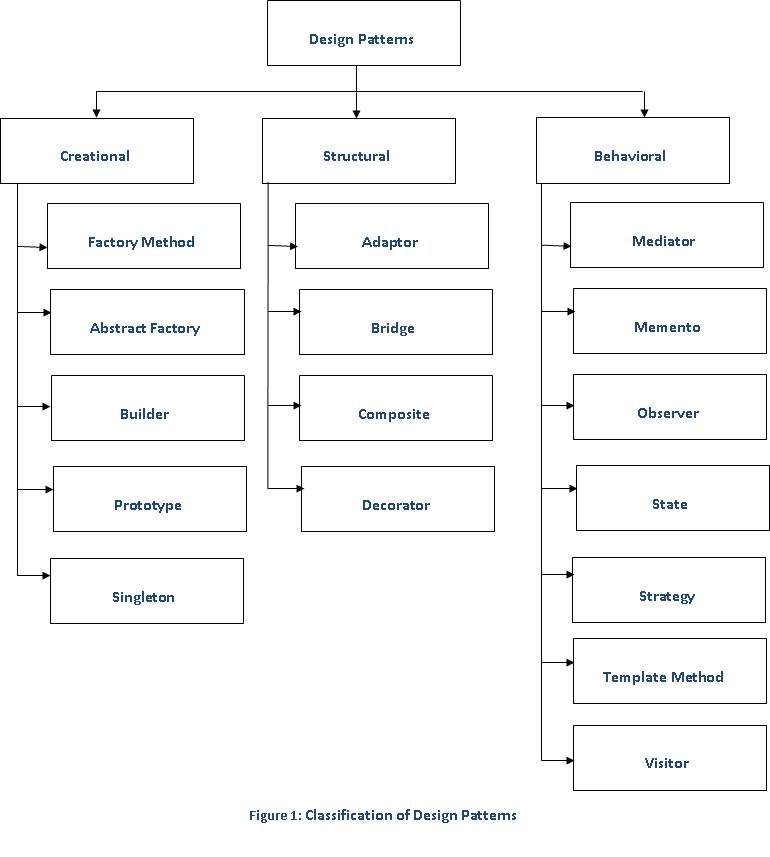CSC/ECE 517 Fall 2009/wiki2 14 conc patterns: Difference between revisions
| Line 28: | Line 28: | ||
Singleton::instance ()->method (); | Singleton::instance ()->method (); | ||
// ... | // ... | ||
The above implementation does not work in the presence of preemptive multi-tasking or true parallelism. For instance, if multiple threads executing on a parallel machine invoke Singleton::instance simultaneously before it is initialized, the Singleton constructor can be called multiple | |||
times This violates the properties of a critical section. | |||
Revision as of 05:33, 9 October 2009
Thread-Safe Programming and Concurrency Patterns
Introduction
Within a particular realm, design patterns represent solutions to the problems that are encountered during the development phase of software development life cycle(SDLC). These patterns help in reusing of successful software architectures and designs. There are various different patterns as shown in adjacent figure.

1. Double-checked locking
The Double-checked locking design pattern is used when an application has one or more critical sections of code that must execute sequentially; when multiple threads can potentially attempt to execute the critical section simultaneously; when the critical section is executed just once and when acquiring a lock on every access to the critical section causes excessive overhead.
Many familiar design patterns such as Singleton that work well for sequential programs contain subtle assumptions that do not apply in the context of concurrency. Consider the following implementation of the Singleton pattern:
class Singleton
{
public:
static Singleton *instance (void)
{
if (instance_ == 0)
// Critical section.
instance_ = new Singleton;
return instance_;
}
void method (void);
// Other methods and members omitted.
private:
static Singleton *instance_;
};
// ...
Singleton::instance ()->method ();
// ...
The above implementation does not work in the presence of preemptive multi-tasking or true parallelism. For instance, if multiple threads executing on a parallel machine invoke Singleton::instance simultaneously before it is initialized, the Singleton constructor can be called multiple times This violates the properties of a critical section.